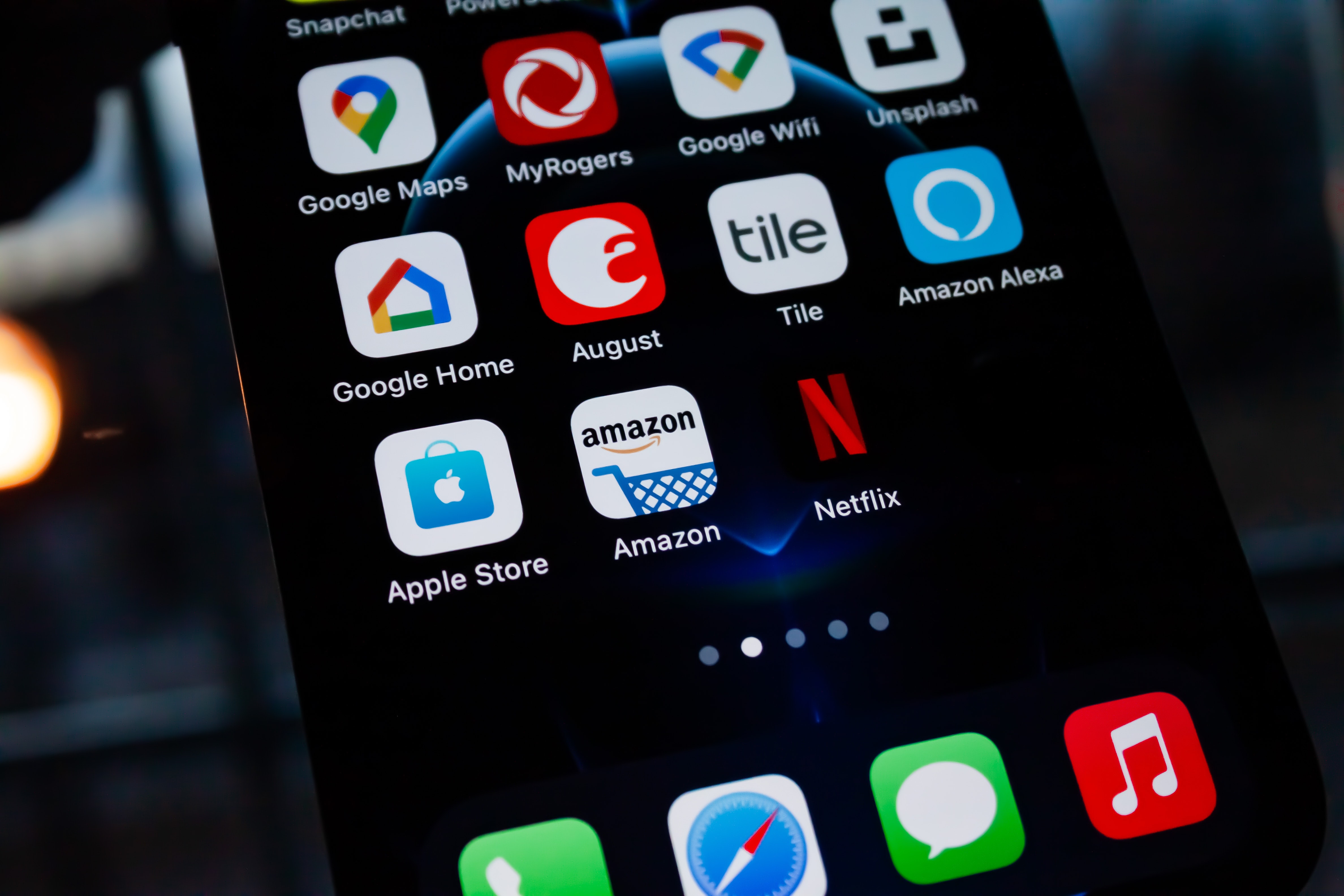App development is not only incredibly time-consuming, but it can be prohibitively costly for some businesses. As well as upfront development costs, often running into tens or hundreds of thousands of pounds, you’ll need to budget for marketing, maintenance, bug fixes, and ongoing product development as your application grows. Add on top of this the fact that only one in every 10,000 apps is commercially successful, and it’s easy to feel like developing an app is a risk you can’t afford to take. However, there are ways that you can cut the prospect of failure and develop an application for your business that delivers on your core objectives.
The Minimum Viable Product (MVP) development strategy has been used by firms around the world for a number of years, allowing businesses to create a workable version of their product in the shortest possible timeframe. The idea is to launch the bare-bones foundations of an app, with enough features to entice early adopters, and learn about their behaviour as they download and interact with your content, which you can use to shape your product.
Companies including Uber, Dropbox, and Airbnb followed the minimum viable product strategy, allowing them to validate their product ideas and subsequently build upon their users’ requirements to become billion-dollar brands. Here’s how you can do the same…
Set an objective
The best apps are simple and have a clear objective. What will your app do? What problems will it solve? Although you might have many ideas on how to build a fully-fledged app that will disrupt your industry and change the way users behave, it’s important to keep things simple and include only the very basic functionality as part of your MVP. That’s exactly what building an MVP is all about – cutting out the nice-to-haves and focusing on the core purpose of your product. Define the general purpose of your app – its unique selling proposition and tagline that you’ll be using to promote it – and remember that this will likely evolve over time.
The best apps can be described in a sentence or two. eBay lets users buy and sell. Twitter is a social network centred around live news and engaging in conversations. The same should be true of your app – if it requires more than a sentence to explain, it’s probably too complex.
Identify your target market
Now you’ve got a clear, concise concept for your MVP, it’s time to identify your core target audience. Before you build even a basic version of your product, you must ensure that there is a genuine demand for it. Signing up for social networking platforms such as Instagram and Twitter can help you to build your brand ahead of launch, ask your demographic questions, and tease your release. You could begin to build hype and excitement for your MVP with an SEO campaign and landing page, collecting email addresses ahead of launch to ensure that users will download and interact with your app when it’s released. The bigger your platform on day one, the more feedback you’ll collect, and the easier it’ll be to scale your application.
As well as identifying your ideal user, you need to consider the actions they’ll take inside of your app. What will they use? What problems will my app solve? What is the end-goal? Do you want them to sign up for an account, book an appointment, subscribe to your service? Map out the user flow and think about the pain points your users are likely to encounter when they’re using your app – for example, signing up, uploading images, distractions from other apps. Which of these pain points is most likely to cause app abandonment? How can you ensure that your MVP shields you from these pain points and keeps users engaged?
Decide on the most important features
You’ve already defined the core objective of your application, but deciding which features to include on day one can be tough. Creating a list and prioritising features is a great way to streamline your application and ensure your MVP can be built on time and on budget. What tools and functionality must be included on day one? What can take a lower priority and come in six months’ time? Think about what your users need versus what they want, and be strict. Once you’ve chosen two or three elements that must be included in an MVP, you can get to work on development. If you’re worried that your app will be too basic in its initial form, consider making your product roadmap transparent so early adopters can see what features you have planned as your app grows and develops. They could even submit their own ideas.
If you’re struggling, consider following the MoSCoW method:
- Must have: Non-negotiable features that must be included in your MVP. You’d be unable to deliver the product without these, or it wouldn’t be legal, safe, or viable.
- Should have: Important features that you want to include as part of your app, but they’re not vital. It might be painful to leave some of these out, but the solution is still viable without them. You might need some kind of workaround in the short-term.
- Could have: Desirable features that aren’t as important, and should only be added if there’s time and a budget. Typically, “could have” features aren’t included in MVPs.
Define what success means to you
Before you hit “publish” on your MVP app, set some expectations and goals to help you plan for the months ahead. For example, you might decide that you’ll only move forward with the development of your full app once you’ve hit 1,000 downloads on the App Store, or users have engaged with your app for a month. Success might mean collecting 1,000 pieces of feedback, receiving praise on social media, or logging 1,000 hours of in-app time from users.
Once your app launches, you can look back at these goals and objectives and use them to determine whether or not your MVP was successful. Lean on analytics to see which features were most popular, which parts of your app received the best feedback and key areas of focus and improvement. You can then use this data to build out your full product, or perhaps even go back to the drawing board and launch a second MVP based on the lessons learned from your first encounter. The beauty of the MVP strategy is that there are no wrong moves; you can refine, tweak, and transform your product until you’ve built something that works for you and your users. However, it’s important that you have an end-goal in sight and accept that you’re not going to build the perfect application on launch; use MVPs to validate your concepts and functionality rather than endlessly beta test new ideas ahead of a full launch.
The key to building a successful application is communication and collaboration. If you’re looking for help developing an MVP or a fully-fledged application for your business, you can depend on the results-driven software development team at Zudu. Click here to find out more and arrange a free consultation today – we can’t wait to get started with you soon.



